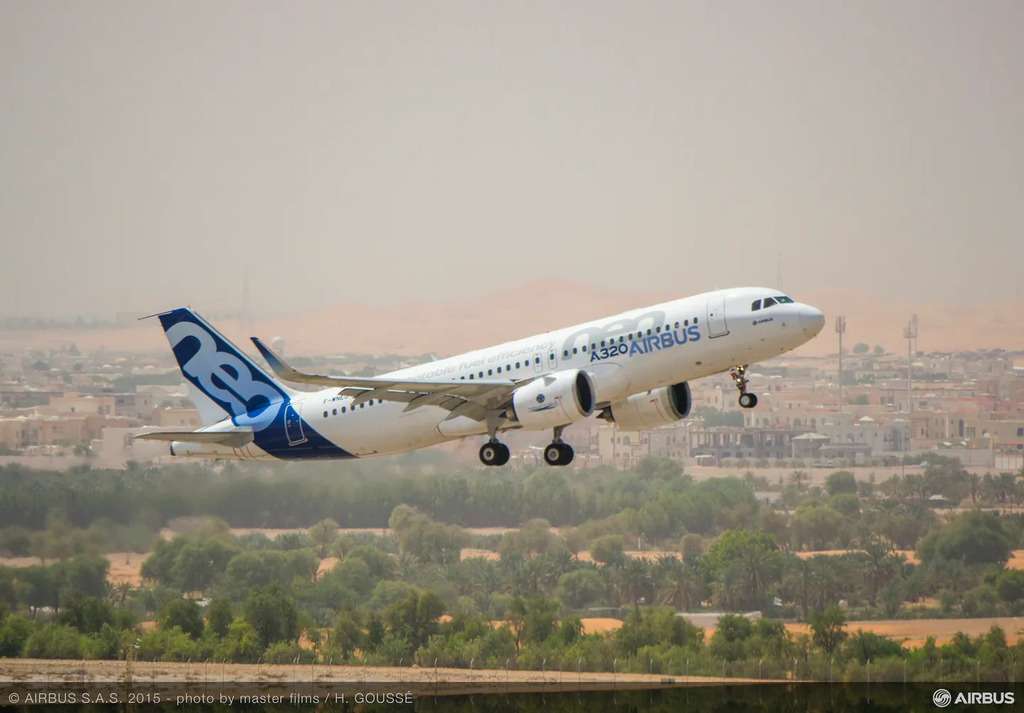A 2010 Libyan Civil Aviation Authority (LCAA) report highlighted the risk of pilots becoming disoriented during go-around maneuvers in poor visibility conditions, and in this article we take a closer look at Airbus technology that directly addresses this issue.
The LCAA report details a tragic accident involving a flight crew attempting a go-around. Poor visibility, fog and terrain warnings caused the crew to become spatially disoriented, resulting in a Controlled Flight Into Terrain (CFIT) accident.
Spatial disorientation occurs when limited visual references cause a pilot to lose track of the aircraft’s position and movement.
This incident highlights the importance of strong crew resource management (CRM), following established procedures and responding quickly to alerts.
Airbus’ soft go-around technology
Aircraft manufacturer Airbus developed a “soft go-around” (SGA) feature to address the challenges identified in the LCAA report.
This advanced technology is intended to significantly reduce the risks associated with traditional go-around maneuvers, especially in adverse weather and low visibility conditions.
The primary benefit of SGA is the ability to optimize thrust during a go-around. Traditional go-around procedures require the pilot to apply maximum thrust (TOGA) to achieve a rapid rate of climb.
This allows you to move safely away from the obstacle, but rapid acceleration can create strong G-forces, which can lead to a sensory illusion called somatogravitational illusion (SGI).
SGI can trick pilots into believing that the aircraft is nose-up at a steeper angle than it actually is. This “false sensation” is created by mechanisms in the inner ear. This can cause pilots to overcorrect and lose situational awareness.
The SGA system addresses this challenge by providing a more controlled climb profile, which comes into play when a pilot initiates a go-around using the Take Off/Go Around (TOGA) function and then reduces thrust to a predetermined level.
At this point the SGA system takes over control, optimizing engine power to provide a smooth, controlled climb trajectory.
This minimises the G-forces experienced by the crew, reducing the chance of SGI and greatly reducing the risk of pilot disorientation.
Benefits of an SGA System
The benefits of SGA go beyond simply optimizing thrust. The system provides a comprehensive approach to enhancing go-around safety through several key features:
Optimal flight path: SGA automates flight paths or provides clear guidance to pilots to ensure a safe climb profile and prevent rapid climbs that can worsen spatial disorientation. Enhanced situational awareness: The system provides clear visual cues on the instrument panel, informing pilots of the aircraft’s attitude, altitude and airspeed during the critical go-around phase. This additional information stream gives pilots a clear idea of the aircraft’s position and reduces their reliance on potentially misleading sensory inputs. Reduced workload: By automating certain aspects of the go-around procedure, SGA frees up flight crews’ valuable mental bandwidth, allowing them to focus on making critical decisions and maintaining situational awareness even in stressful situations.
The future of soft-go-around technology
The introduction of the SGA feature represents a major advancement in aviation safety and is now standard on Airbus A330neo, A350 and A380 models.
SGA is actively contributing to a safer flying experience through its optional installation on A320neo and A330 aircraft.
This innovation not only improves the safety of go-around maneuvers, but also reduces the chance of pilot error during a critical phase of flight.
By facilitating a consistent, optimal response to go-around situations, SGA technology paves the way for a future with fewer aviation accidents, which means higher safety standards for both passengers and crew.
Photo: Airbus
Conclusion
While Airbus’ SGA capability represents a major step forward, we must not forget that it is only one piece of a larger safety puzzle.
Effective crew resource management (CRM) practices, strict adherence to established procedures and a culture of open communication in the cockpit remain crucial.
The future of aviation safety depends on the synergy between cutting-edge technology like SGA and the invaluable human expertise of pilots.
As aviation technology continues to evolve, innovations like soft go-around will undoubtedly play a key role in preventing accidents and creating a safer flying experience for everyone.
Click on the banner to subscribe to our weekly newsletter.
Click on the photo and join our WhatsApp channel to stay updated with all the latest happenings in the world of aviation.

